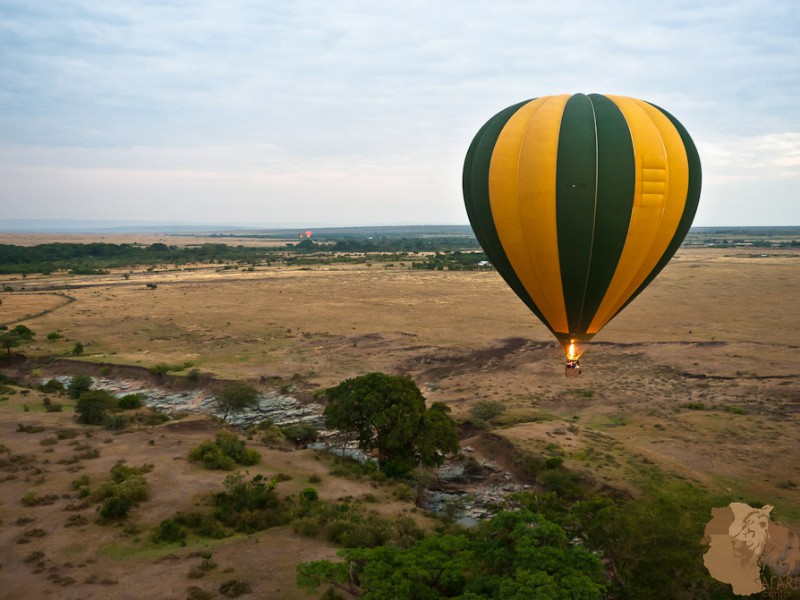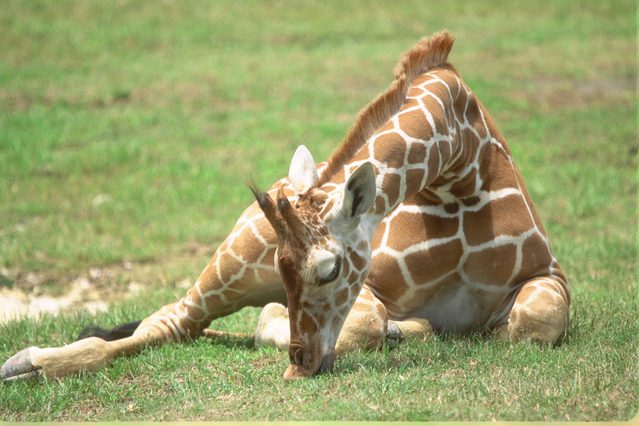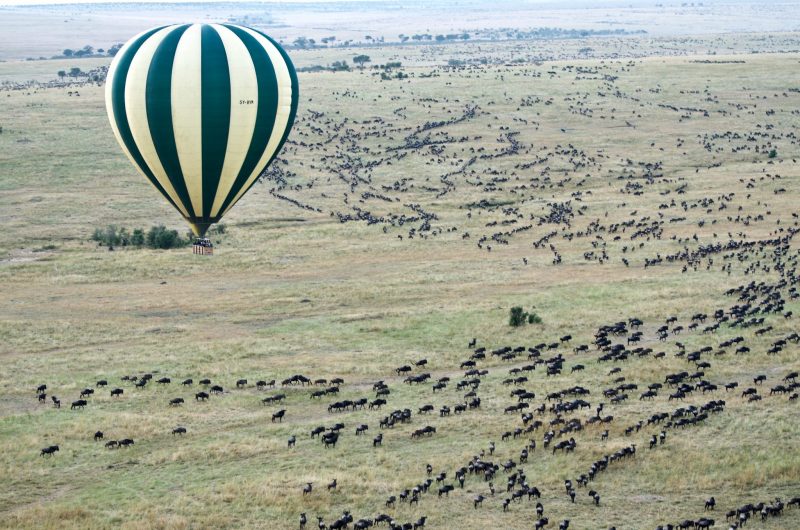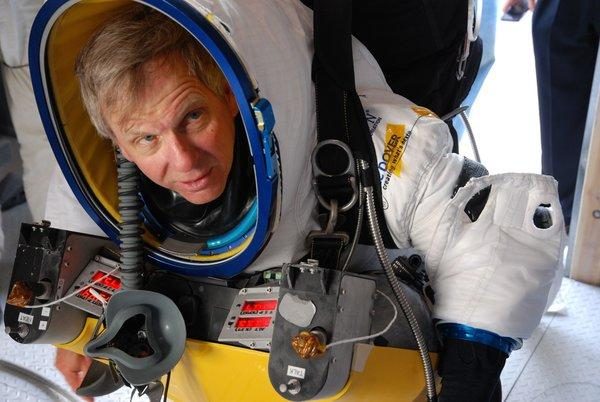Africa Beckons All Balloon Safari Lovers
Preparation
Africa Beckons Safari-Lovers. As you reach there, you will find the ground crew unpacking the large engine. The fan starts up with a noisy growl. The pilot releases a small balloon to study the air currents. The propane burner blasts its heat up. The crew then unrolls the hundreds of meters long of the envelope and lifts the basket from the pickup bed. As the balloon warms and expands, the envelope gets pulled from the ground. The basket creaks as people climb into it. Within minutes, the balloon towers over the ground crew who are seen tugging at the ropes that ties the balloon to the earth. The balloon stands about 7 stories tall. The crew on the ground then loosens the ropes and up it pops into the air. In the early morning light, the balloon looks like some weird monster rising slowly from the earth. The people wave to the crew, already busy reloading the gear back into the vehicles.
Up and away
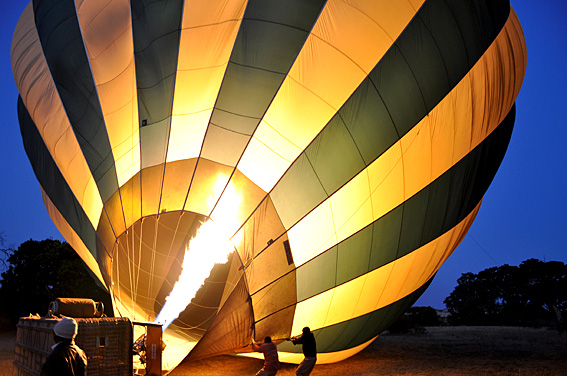
Africa Beckons All
The air molecules move faster and faster inside the balloon as it heats up. Since the balloon is sealed, the pressure soon starts building up. Then the air inside the balloon becomes less dense than the air that surrounds it. An object less dense than the surrounding air rises to the surface. Consequently, the balloon filled with hot air rises and sets itself off towards the sky. The pilot checks 2 gauges, the variometer, and the altimeter. The variometer measures the rate of ascent or descent of the balloon. The altimeter indicates the distance from the ground. The pilot shuts off the propane burner when the balloon reaches a certain altitude. Up there, it’s amazingly quiet with just a floating sensation because hot air balloons are propelled by the wind. Therefore, in a balloon, you do not hear or feel the wind. From there on, it is the wind and not the pilot that determines the fight path. The pilot heats the air again by firing the burner to regain the lost altitude. The skirts of modern balloons are built with a flame retardant. The ascent of the balloon levels off as its density approaches the density of the air surrounding it.
The risk factors
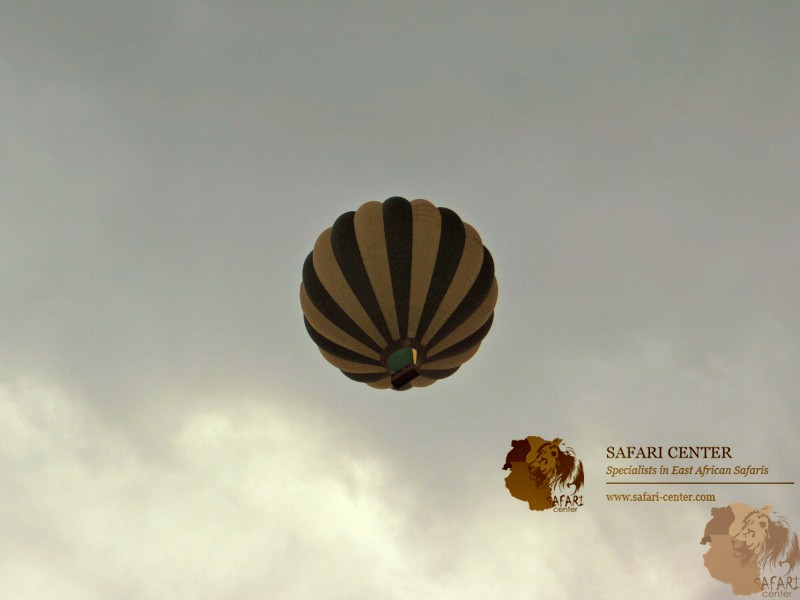 Ballooning is done best during dawn or dusk because it is the safest during those timings. The late morning air becomes bumpy with turbulence. The rising hilly air reaches the balloon sooner than the valley air as the sun shines brighter and brighter. As the sun climbs higher, these thermal contrasts become intense. The thermal roller coaster ride can become risky if the pilot loses control. The heating rates depend on the materials. Air over a recently plowed ground will heat up and cool down much faster than air over a water surface such as a lake. As a result, the balloon loses altitude. Moreover, for every kilometer of ascent, the temperature drops. The flying conditions deteriorate, and danger increases as the balloon attains greater altitude. As the partial pressure of oxygen decreases, it becomes harder to breathe and even to ignite the propane. Many early balloonists have lost their lives by suffocation because they set higher altitude records.
Ballooning is done best during dawn or dusk because it is the safest during those timings. The late morning air becomes bumpy with turbulence. The rising hilly air reaches the balloon sooner than the valley air as the sun shines brighter and brighter. As the sun climbs higher, these thermal contrasts become intense. The thermal roller coaster ride can become risky if the pilot loses control. The heating rates depend on the materials. Air over a recently plowed ground will heat up and cool down much faster than air over a water surface such as a lake. As a result, the balloon loses altitude. Moreover, for every kilometer of ascent, the temperature drops. The flying conditions deteriorate, and danger increases as the balloon attains greater altitude. As the partial pressure of oxygen decreases, it becomes harder to breathe and even to ignite the propane. Many early balloonists have lost their lives by suffocation because they set higher altitude records.
Landing
 After an hour, the pilot radios the ground crew to discuss landing sites. In preparation for touching the ground, the pilot pulls the cord. Hot air at the apex of the balloon escapes and cool air rushes in to replace it. As the balloon becomes filled with more dense air, it slowly descends. Finally, gravity wins. The roughness or softness of the landings can depend upon the experience of the pilot. Just before landing, the pilot pulls the ripcord to open the balloon top and deflates it. The wicker basket creaks and flexes as it touches the ground, absorbing the landing energy. That way, the passengers are barely upset. Then the ground crew sets up a champagne breakfast, which is the traditional French way to celebrate the end of a balloon flight.
After an hour, the pilot radios the ground crew to discuss landing sites. In preparation for touching the ground, the pilot pulls the cord. Hot air at the apex of the balloon escapes and cool air rushes in to replace it. As the balloon becomes filled with more dense air, it slowly descends. Finally, gravity wins. The roughness or softness of the landings can depend upon the experience of the pilot. Just before landing, the pilot pulls the ripcord to open the balloon top and deflates it. The wicker basket creaks and flexes as it touches the ground, absorbing the landing energy. That way, the passengers are barely upset. Then the ground crew sets up a champagne breakfast, which is the traditional French way to celebrate the end of a balloon flight.
References
https://www.coursehero.com/file/37828187/chemmatters-april2002-hot-air-balloons-pg-1-2pdf/

